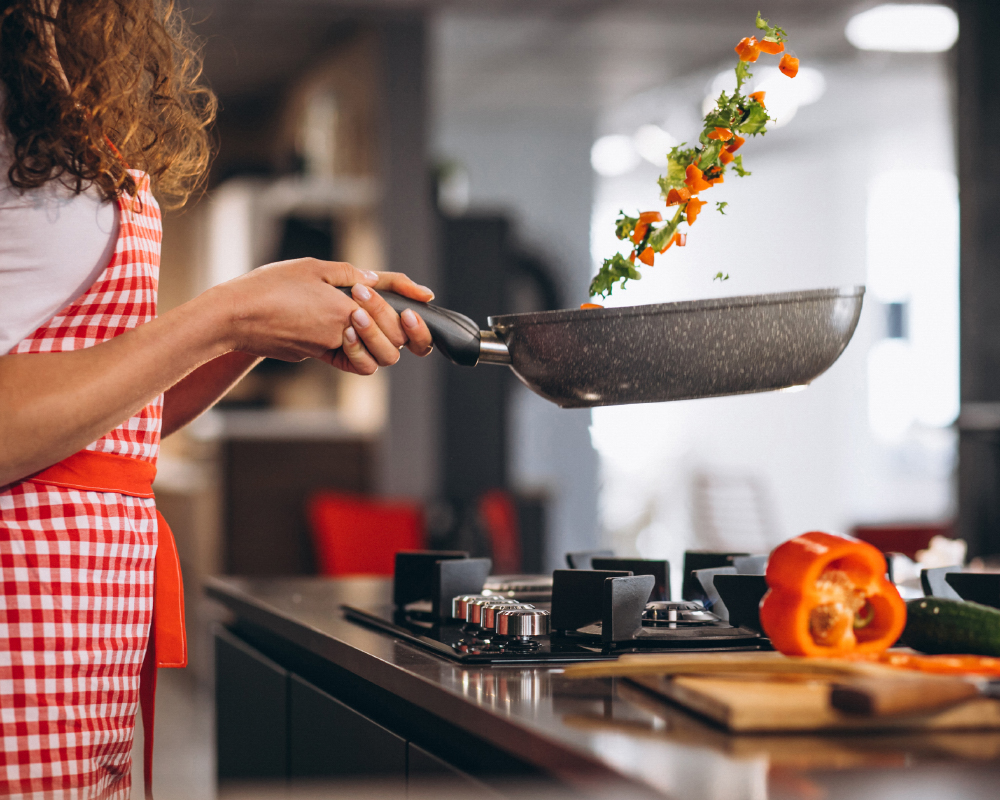Cooking, whether done with induction, gas, or electric appliances can cause pollutants to roam in the air freely. It can also lead to grease, which can result in a build-up on kitchen surfaces over time if it's not cleaned properly. Levels of pollutants can vary based on the type of food being cooked to the location of the burner utilized. The good news is that cooking-related pollutants can be efficiently addressed with proper ventilation.
Your solution you ask? Range hoods or ventilation hoods have two key functions for your kitchen. Not only does it add to the aesthetic of your kitchen, but it also improves the not-so-aesthetically pleasing things that we can’t see. With our indoor and outdoor air quality being at risk daily, we need to stay mindful of ways we can pivot these unhealthy circumstances.
While air cleaners are an option, range hoods are also a great alternative for improving indoor air quality.
How Range Hoods Function
While range hoods typically all function the same way, they can all be positioned in different areas of your kitchen, including the following:
-
Under Cabinet
-
Island Hood
-
Ceiling Mount
-
Under-Microwave
-
Downdraft
-
Wall Mount
How exactly does a range hood work? The fan draws air into the range hood’s filter, which works hard to trap grease, smoke, fumes, and other substances the naked eye can’t see. Some range hoods can be ductless, which means they clean air in your kitchen via filters and fans without outdoor venting. However, most range hoods come with ductwork to transfer the polluted air outside of your home.
Range hoods are the perfect solution for your home if you want to improve your indoor air quality. They are also excellent for preventing lingering odors from cooking and help to reduce grease build-up. Want to pair your range hood with one of our sleek induction cooktop solutions? Head to our website to learn more!
.jpg)
With over 7 Induction Cooktop models, pick the best cooking solution for your kitchen.
